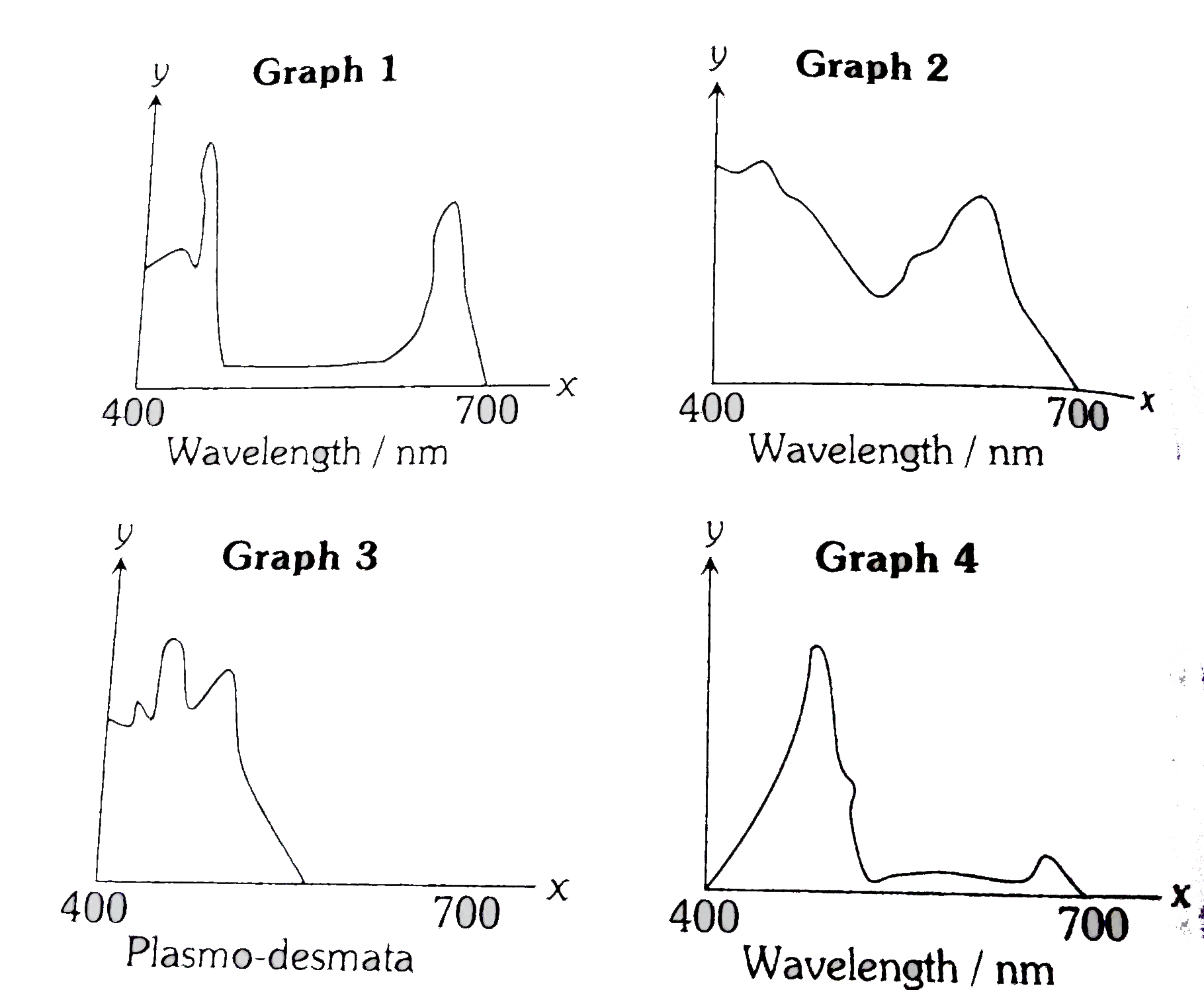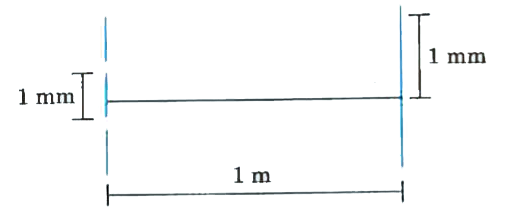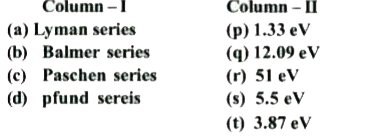A : most of the photosyntheis takes place in the blue and red region of spectum.
R : Action spectrum shows the amount of energy of different wavelength of light absorbed by pigments.
If both Assertion % Reson ar true and the reason is the correct explanation of the asserition the mark (1)
If both Assertion % Reason are true but the reason, is not the correct explanation of the assertion ,then mark (2)
If Assetion is true statement but Reason is false , The mark (3)
If both Assertion and Reason are false statements, the mark (4)
The correct Answer is:C
Step by step video, text & image solution for A : most of the photosyntheis takes place in the blue and red region of spectum. R : Action spectrum shows the amount of energy of different wavelength of light absorbed by pigments. by Biology experts to help you in doubts & scoring excellent marks in Class 12 exams.
Updated on:21/07/2023Topper's Solved these Questions
- PHOTOSYNTHESIS IN HIGHER PLANTS Book:AAKASH INSTITUTEChapter:PHOTOSYNTHESIS IN HIGHER PLANTS Exercise:Assignment(Section C)
Explore 60 Videos
- ORGANISMS AND POPULATIONS Book:AAKASH INSTITUTEChapter:ORGANISMS AND POPULATIONS Exercise:ASSIGNMENT (SECTION-D) (Assertion-Reason Type Questions)
Explore 15 Videos
- PLANT GROWTH AND DEVELOPMENTBook:AAKASH INSTITUTEChapter:PLANT GROWTH AND DEVELOPMENTExercise:ASSIGNMENT (SECTION -D)
Explore 10 Videos
Similar Questions
Three of the graphs below show the absortion spectra of photosynthetic pigments. One graph shows the action spectrum of p'hotosynthesis for a plant containing the pigments.
All the x axis show wavelength. Three of the y axis show light absorption. One y axis shows the rate of photosynthesis

View SolutionTwo slits are made on an opaque surface at a separation of 1 mm from each other. A screen is placed at a distance 1 m from the plane of the slits. A small hole is made on the screen at a distance 1 mm from the centre of the screen as shown in the figure. If we observe the light coming out from hole on the other side, then which wavelengths in the visible region will be absent and which will show strong presence ? Wavelength of visible light ranges from 400 nm to 700 nm.

View Solution
Knowledge Check
The percentage of blue and red wavelengths of light absorbed by chlorophyll a is
A40%:4%B45%:25%C48%:20%D40%:30%Assertion: Chlorophyll a is the chief pigment associated with photosynthesis.
Reason: In the blue and red regions of spectrum, there is maximum absorption by chlorophyll- a, also shows higher rate of photosynthesisAIf both assertion and reason are true and the reason 1s the correct explanation of the assertion.BIf both assertion and reason are true but reason is not the correct explanation of the assertion.CIf assertion is true but reason is false.DIf both assertion and reason are false.Assertion (A): Photosynthesis takes place only during the day.
Reason: (R): Light energy is required for the process of photosynthesis.ABoth A and R are correct and R is the correct explanation of ABBoth A and R are correct but R is not the correct explanation of A.CA is correct and R is incorrect.DBoth A and R are incorrect.
Assertion (A): Photosynthesis takes place only during the day.
Reason: (R): Light energy is required for the process of photosynthesis.
View SolutionThomas Engelmann illuminated a filament of algae with light that passed through a prism, thus exposing different segments of the algal filament to different wavelength of light. He added aerobic bacteria and found that these bacteria congregated in the area illuminated by red and blue light. If you ran the same experiment without passing light through a prism, what would you predict ?
View SolutionAssertion (A): Sunlight reaches us without dispersion in the form of white light and not as its components.
Reason (R): Dispersion takes place due to variation of refractive index for different wavelength but in vacuum the speed of light is independent of wavelength and hence vacuum is a non dispersive medium.
View SolutionThe spectra of all stars show a continuous spectrum like the solar spectrum, in which dark absorption lines are superimposed. The photosphere (inner layer of the star) emits radiations of all wavelengths, producing a continuous spectrum. On passing through the outer (comparatively cooler) layer of the star, radiations of certain wavelengths are selectively absorbed by this layer. This is the cause behind the dark lines in the star's spectrum. These dark lines are characteristics of the substances present in the outer layer of the star. For measuring the surface temperature of the star, we need to measure the wavelength at which the intensity of emitted radiation is maximum and then using Wien's displacement law, given below
λm=T=b where b is the Wien's constant and its experimentally determined value is 2.89×10−3mK
Which of the following options is true for spectrum of light received from a star?
View SolutionMatch the column - I with column -II
A certain amount of He+ ions are subjected to excitation and subsequently the emission spectrum for the same is observed. Column - I shows four different series to which the spectral lines different series to which the spectral lines belong and column - II shows five different energies of the photons emitted during the process
 .
.
View Solution